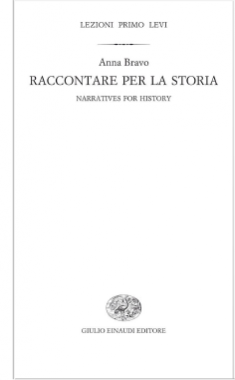Narratives for history

"Narratives for History" meant two main things for Primo Levi: giving form to the experience of Auschwitz with the tools of a narrator -a narrator of real events - in an account that was useful to the professional historian as well as the general reader; and having the sensitivity and courage to suggest new categories for reinterpreting the Shoah: from the "gray zone" to "survivor shame". More courageous still were his thoughts, rooted in his brief experience as a partisan, on violence perpetrated by people fighting for a just cause. For forty years - the period that runs from If This is a Man through The Periodic Table to The Drowned and the Saved - Levi plied history with his narratives and his moral and political diagnoses. They are collected here by a historian, Anna Bravo, who interviewed him in 1983, and who explains why they are still valid today and will remain so for the forseeable future.
